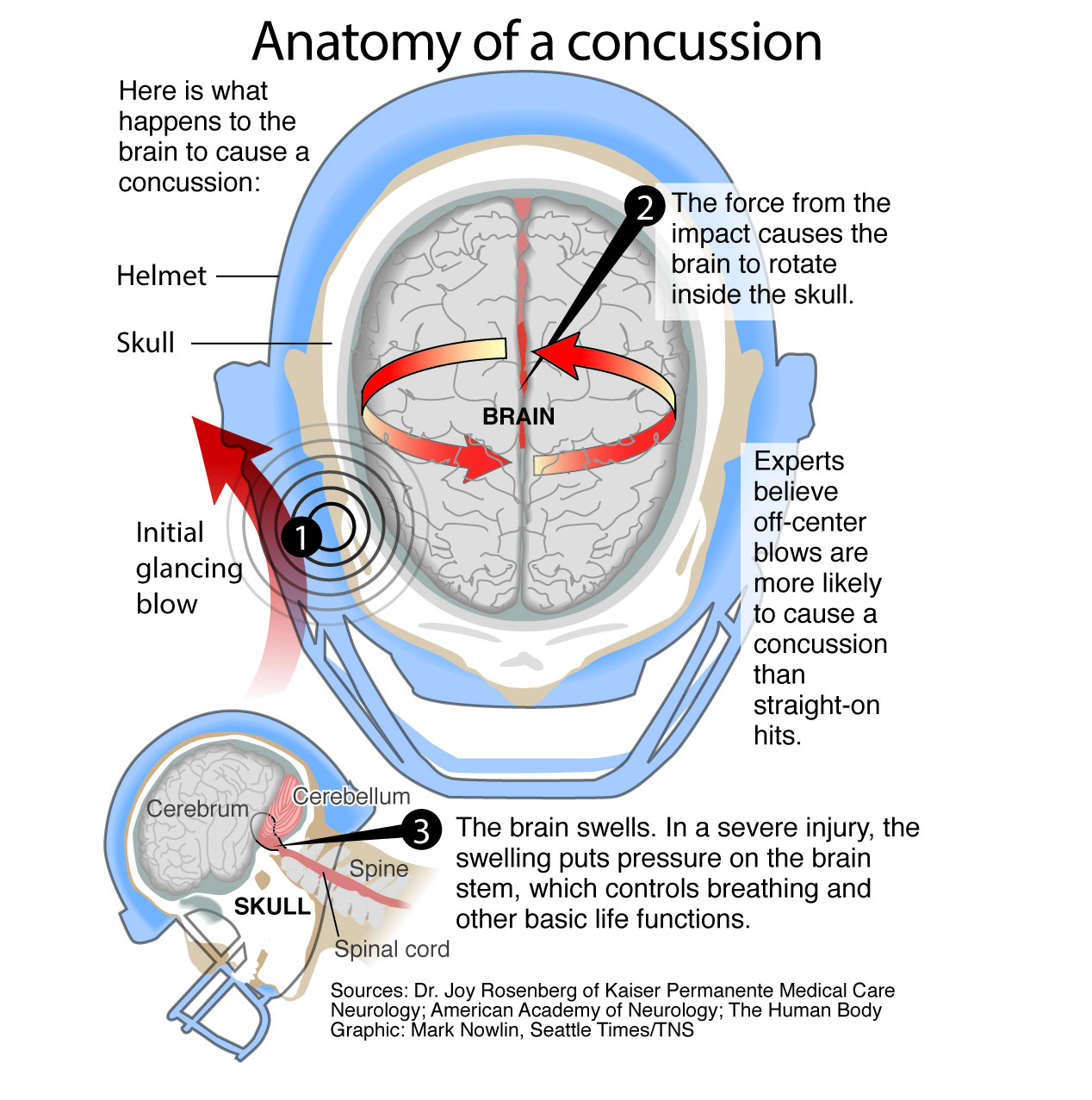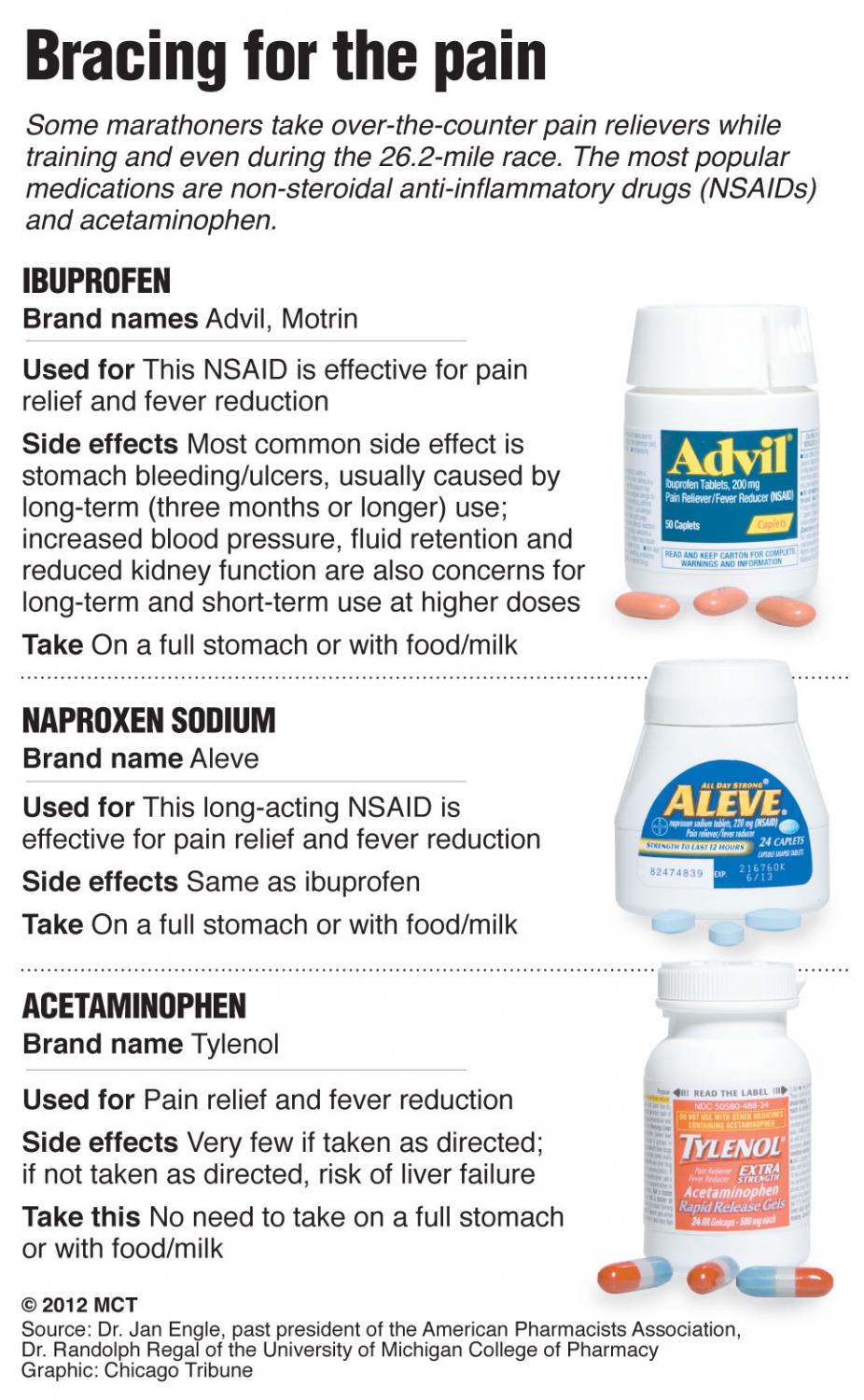The Price of Pain
BREAKING DOWN: Athletics give opportunities for health, but can also cause harm
Junior Ryan Pham walks down the athletic hallway in crutches.
November 16, 2018
Concussions and injuries plague the sports world, and with nearly 30 million participants in youth sports, kids are turning to painkillers to manage their pain. Concussions and CTE, a brain disease that is caused by head trauma such as concussions, have been getting deadlier. Each year as new research come out indicating their effects, injuries constantly occur, and drug abuse is becoming even more prevalent in society.
Concussions Continue to Plague Athletics
On the day before the interview, sophomore Irene Zhang had just been cleared from a second concussion in about seven months.
“In March, I got a concussion while I was playing goalie for the water polo team,” Zhang said. “It was fairly mild.”
While at practice, Zhang was hit in the face with the water polo ball, which caused a concussion. Immediately after, Zhang went to the athletic trainer, Michael Aaron, with symptoms of dizziness and was diagnosed with a concussion which was later confirmed at the hospital.
According to Raman Malhotra, an Associate Professor of Neurology at the St. Louis University School of Medicine, a concussion is a type of traumatic brain injury, also known as a TBI, that is caused by a hit or a jolt that causes the person to move hard enough that their brain bounces inside the skull and jolts the brain cells.
In less than one year, Zhang has sustained two concussions. One from water polo in March, and her most recent one in August.
“This most recent [concussion] was caused by taking a tennis racket to the face,” Zhang said. “This one hurt. I had headaches and dizziness, nausea, lack of memory, and I had a hard time concentrating.”
Although Zhang is back to normal and no longer has issues with memory, others are not so lucky.
“I’ll be trying to think far back and it hurts a bit,” senior AJ Collier said. “It gets blurry.”
As a freshman, Collier chose against getting medical care and instead opted to keep playing, which doctors say can be detrimental to the brain.
“If someone doesn’t properly allow their brain to rest and heal, then some of the symptoms of the concussion can become permanent,” Malhotra said.
“Although, most people, with proper time and healing, will fully recover.”

Infographic showing what happens during a concussion. Seattle Times 2016
Concussions have long been associated with football, and recent tragedies have shed light upon the dire effects that concussions have had. For example, former Washington State quarterback Tyler Hilinski committed suicide his junior year which is thought to have been caused by a concussion that upset his brain balance so much that it caused a mental and emotional shift.
“My concussions were not as extreme,” Collier said. “But it’s something that the football community is aware of and trying to help with.”
Senior Alex Gelman has made a full recovery from a concussion that occurred freshman year while on the swim team.
“I remember almost blacking out,” Gelman said. “I couldn’t swim for a couple of days and I wasn’t able to go fast for a week or two.”
Symptoms of a concussion can be headaches, nausea, issues with balance, mood swings, drowsiness, or loss of consciousness.
“A concussion disrupts the balance of chemicals, such as sodium and potassium,” Malhotra said. “So the nerve cells don’t talk to each other as well. That’s what causes the symptoms of a concussion.”
Presence of Injuries Effects Athletes
While the majority of high school students are walking around the hallways without a second thought, one athlete is rolling. Collier has been wheelchair bound due to an injury that he got during the varsity football game against Ft. Zumwalt North.
“I have a torn ACL and MCL,” Collier said. “It was the third game of the season.”
He was taken off the field and told by the athletic trainer, Michael Aaron, that he needed to go to the doctor. It was there that Collier found out he would need surgery.
“I’m so thankful that Mike told me to see the doctor,” Collier said. “The sooner that I found out, the better. That way I could recover faster.”
In addition to this injury and a concussion, Collier also played an entire football season with a torn labrum in his shoulder. The labrum is responsible for keeping the shoulder joint in the socket and in the correct placement.
“I just try to think as positive as possible and focus on college sports,” Collier said. “It motivates me to be healthier and to get in better shape.”
Injuries plague the sports world, and high school sports are no exception. According to STOP Youth Sports Injuries, high school athletes account for an estimated 2 million injuries, 500,000 doctor visits, and 30,000 hospitalizations each year.
Junior Abby Levine is no stranger to doctors visits either, visiting a chiropractor a couple of times a year.

At the homecoming football game against Parkway West, Jayden Littlejohn (12) gets tested for a concussion by athletic trainer Michael Aaron. “I had slight headaches throughout the day, and I was told to not play until I was better,” Littlejohn said. “I hit my head against a West playter and a teammate, our heads all crashed together.”
“I have a lower back issue with my pelvis misalignment,” Levine said. “I also have a disease in my foot and my toes called Freiberg’s disease.”
The National Institute of Health reports that Freiberg’s disease is a rare condition, affecting the “long bones” of the foot. The swimmer was diagnosed in seventh grade and was required to wear a boot while swimming.
“The pain is chronic, so it’s a frequent pain,” Levine said. “It isn’t unbearable, but if I run of jump it will hurt more momentarily, but it’s not excruciating.” In addition to Freiberg’s and a misalignment, Levine has also had a broken arm.
“Luckily, it didn’t affect my swimming,” Levine said. “It was before I really started to swim competitively.”
Injuries have been, and will continue to be, present in athletics. What is changing, however, is how athletes are dealing with their injuries and with their pain.
The Hidden Price of Painkillers
The pressure on athletes to be better, to move faster, to get stronger, is immense. To cope, some athletes turn to painkillers in order to dull pain.
“Dealing with pain depends on what is causing it,” athletic trainer Michael Aaron said. “If it is from sore muscles, foam rolling and stretching can be beneficial. If it is from an injury: rehab, rest, and limited activity, as well as a combination of the three, are beneficial.”
One of the more common coping methods is with common painkillers such as ibuprofen and medicine that includes Ibuprofen such as Advil.
“I literally take Ibuprofen twice a day,” dance team captain and senior Katie Kertzman said. “I use it more than I probably should.”
According to Gretchen Reynolds in an article for the New York Times, intense physical activity usually results in a small amount of trauma for the small intestine, as well as limited digestional ability.
“I know Ibuprofen can thin your blood,” Kertzman said. “But I’m always sore from dance and my mom thinks Ibuprofen is the best thing in the world.”
Reynolds found that studies showed a raised level of intestinal trauma when an athlete took Ibuprofen before exercise, and that the body’s ability to absorb nutrients faced compromise. However, Reynolds states that intermittent use of ibuprofen is generally safe.
“Short-term use of Ibuprofen for injury is generally considered appropriate,” Reynolds said.
One of the studies was conducted by David C. Nieman, a professor and researcher at Appalachian State University.
“The idea in the athletic community is that ibuprofen will help you to train better and harder,” Nieman said. “But that belief is simply not true. There is no scientifically valid reason to use ibuprofen [regularly] before exercise, and there are many reasons to avoid it.” Still, many athletes take Ibuprofen at least once in a season, despite the majority not using it regularly. In addition to Ibuprofen, however, there are other painkillers.
“After the surgery, I took Oxycontin,” Collier said. “On the ‘good days’, so-to-speak, I’ll take Ibuprofen.” Before the surgery, Collier would take ice baths and use heat compresses to help muscles relax and feel less sore.
“I’m weary of taking too many pills in a given day or week,” Collier said. “So I would limit my intake and my dosage. I would never just be laying there taking a pain pill or anything.”
In addition to Collier, Gelman is also aware of what medicine is put into his body.
“I’m really aware of when I take Ibuprofen,” Gelman said. “I feel like the more you take it, the more sensitive you get to pain, and then you become more likely to take it again and get addicted to it.”
While addiction to Ibuprofen is rare, people can become dependent upon the pain reliever.
“It becomes whenever you feel pain, you have to pop pills,” Gelman said.
Fellow Parkway Swim Club member Levine feels similarly.
“I know people who take Ibuprofen regularly, but I usually don’t” Levine said. “I feel meds aren’t that great unless you have them prescribed.”
Levine takes a pain reliever after not having gone to a chiropractor in a while, or if she feels a lot of back pain.
“I don’t want to ever pop a pill as soon as I feel any sort of pain,” Gelman said. “Unfortunately, some people do.”


